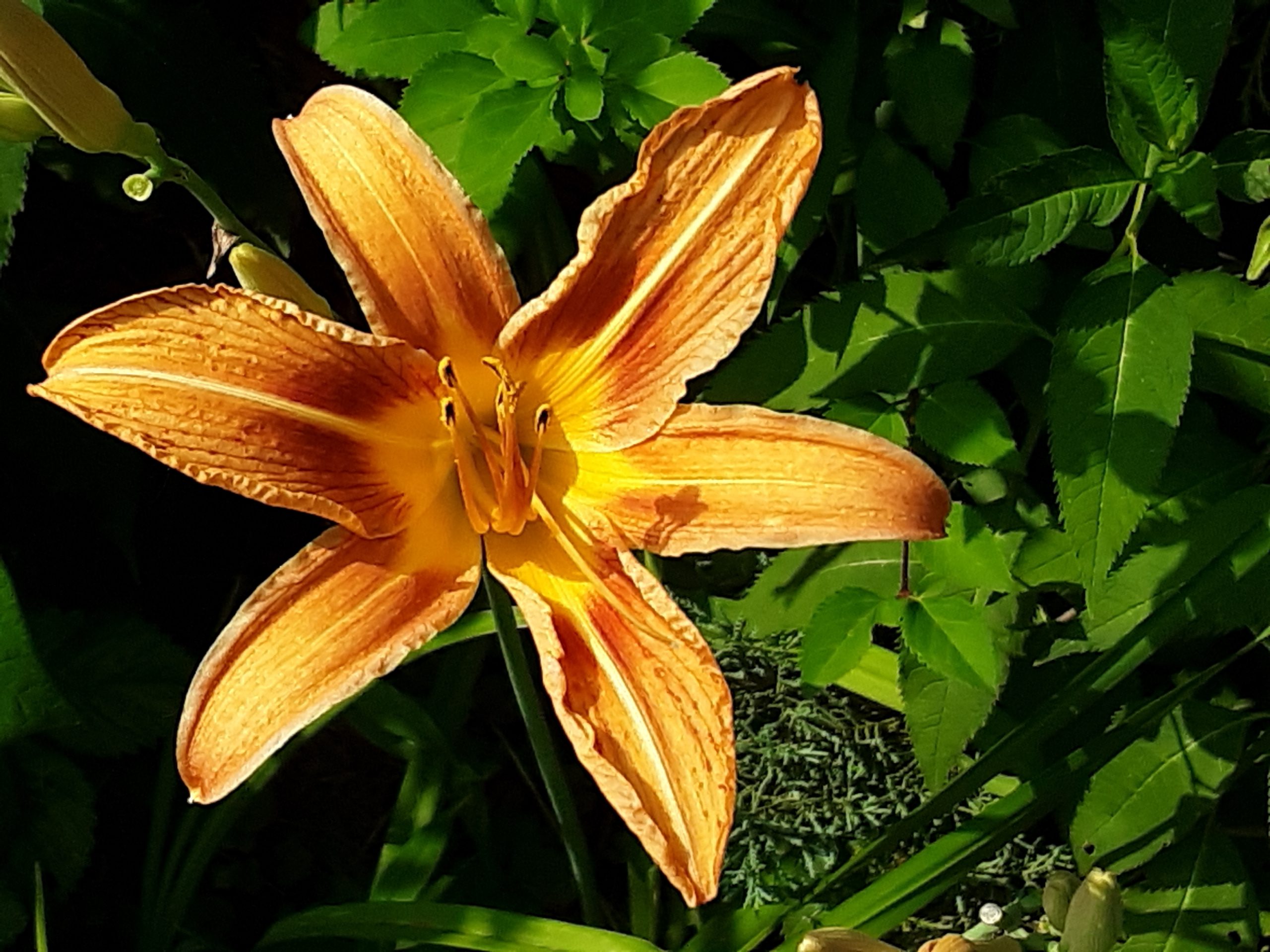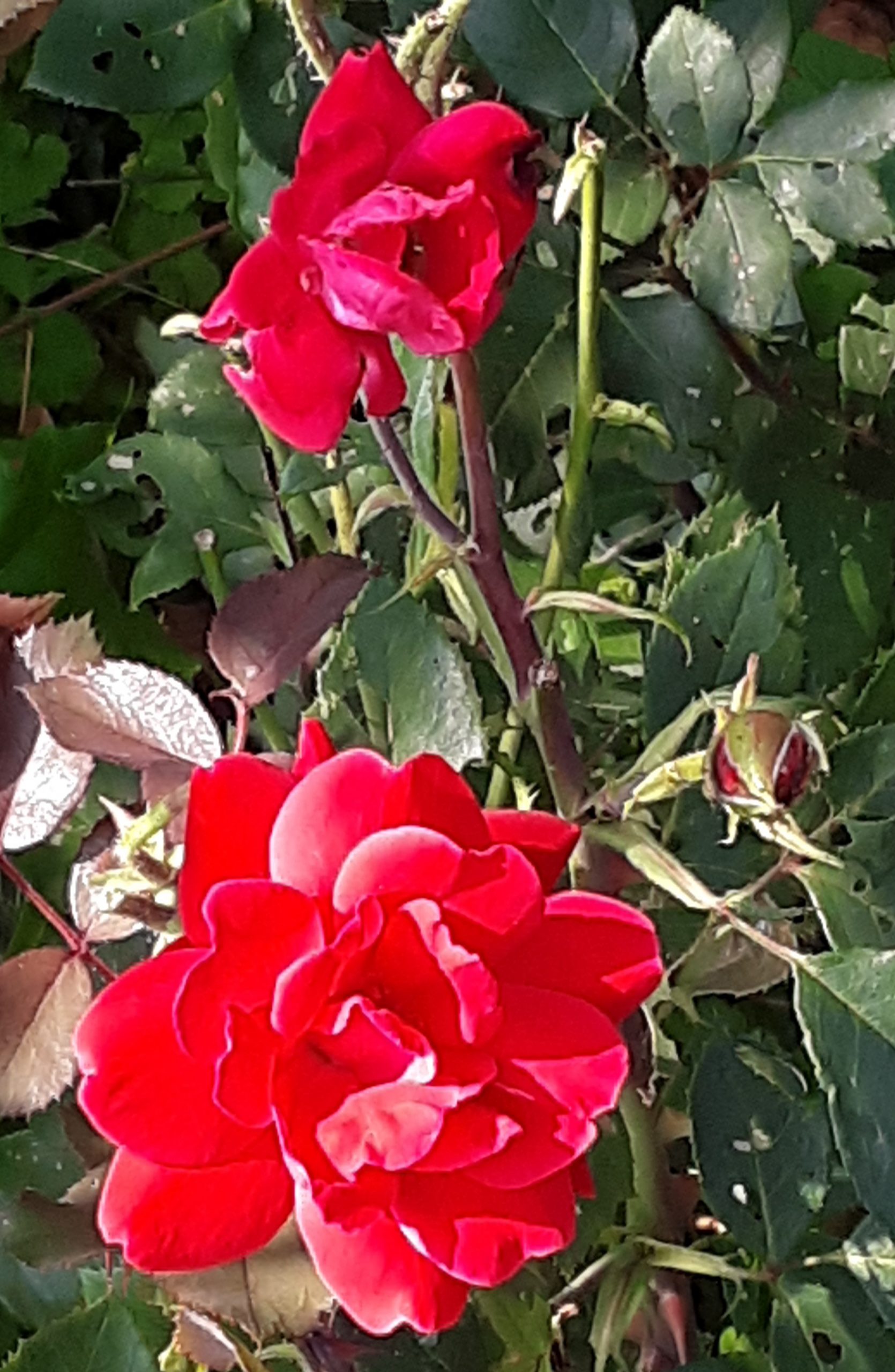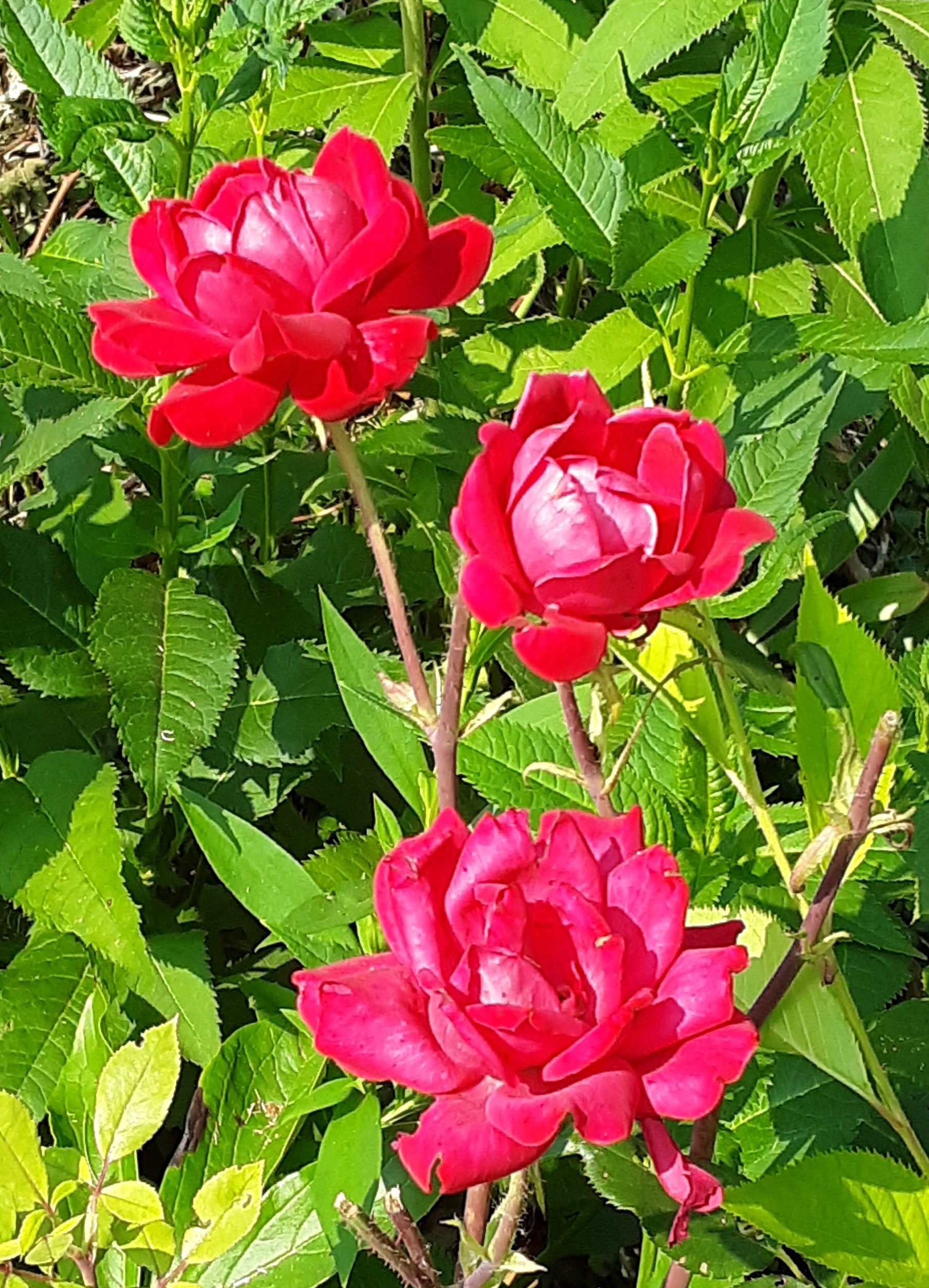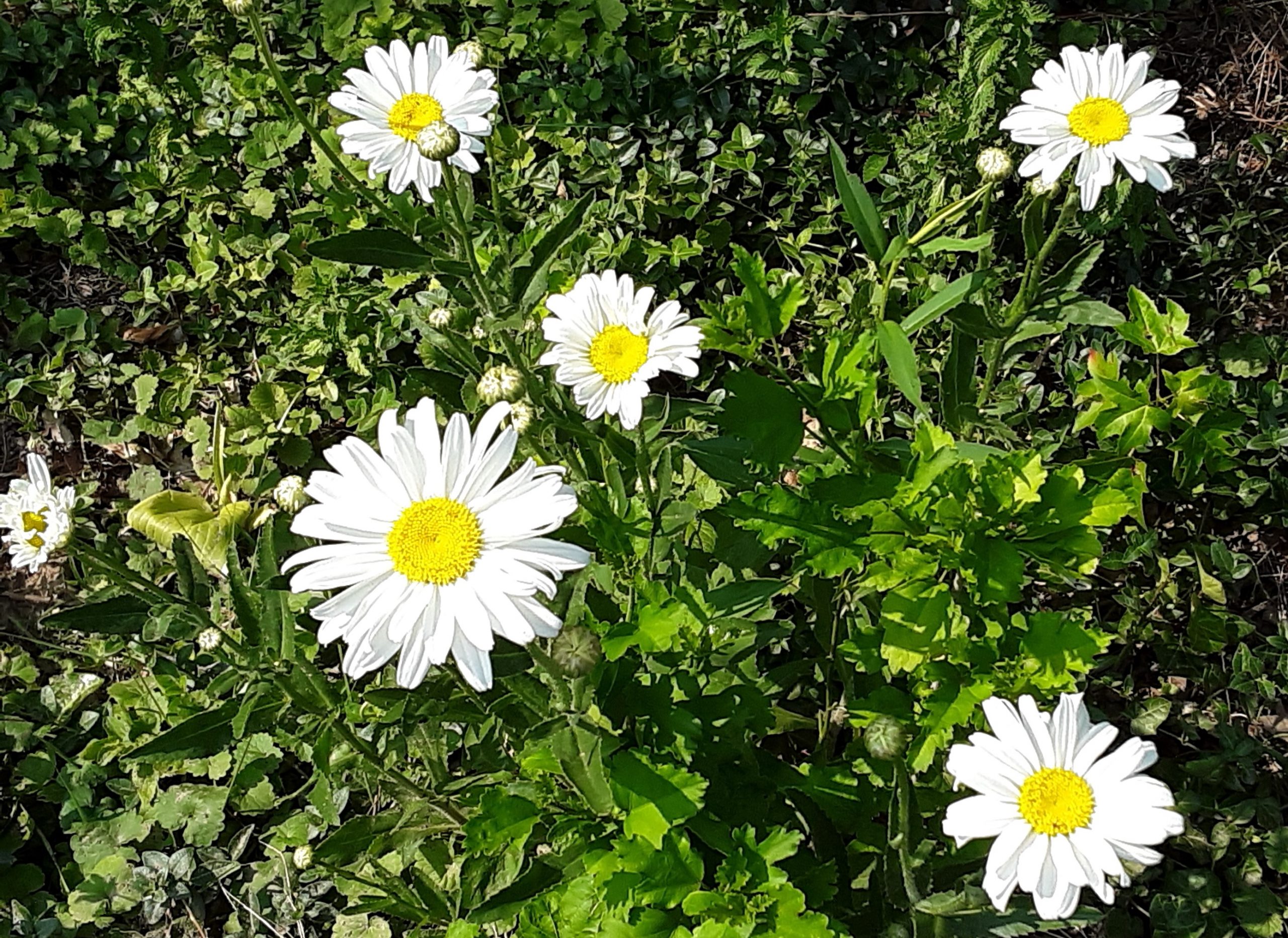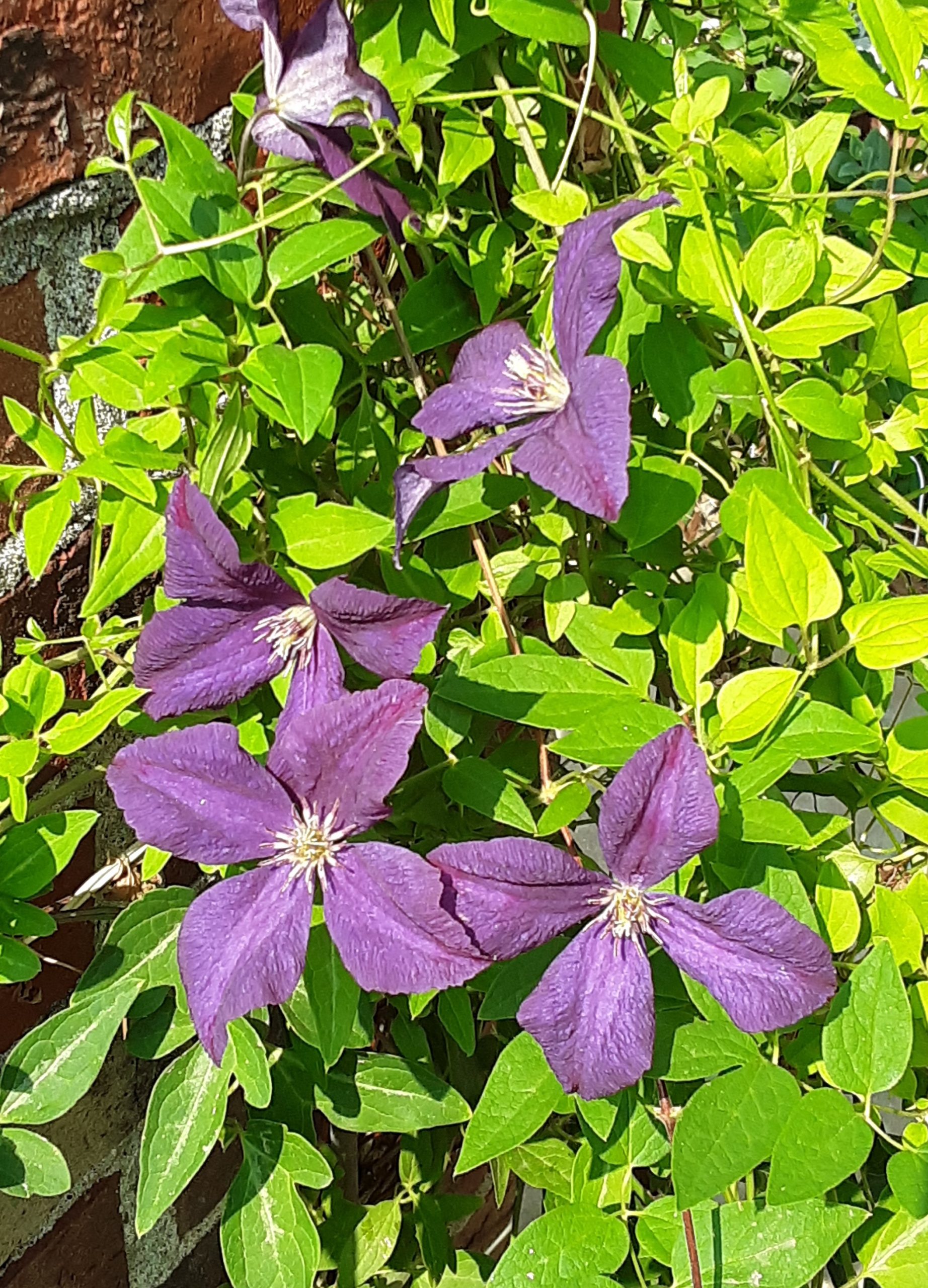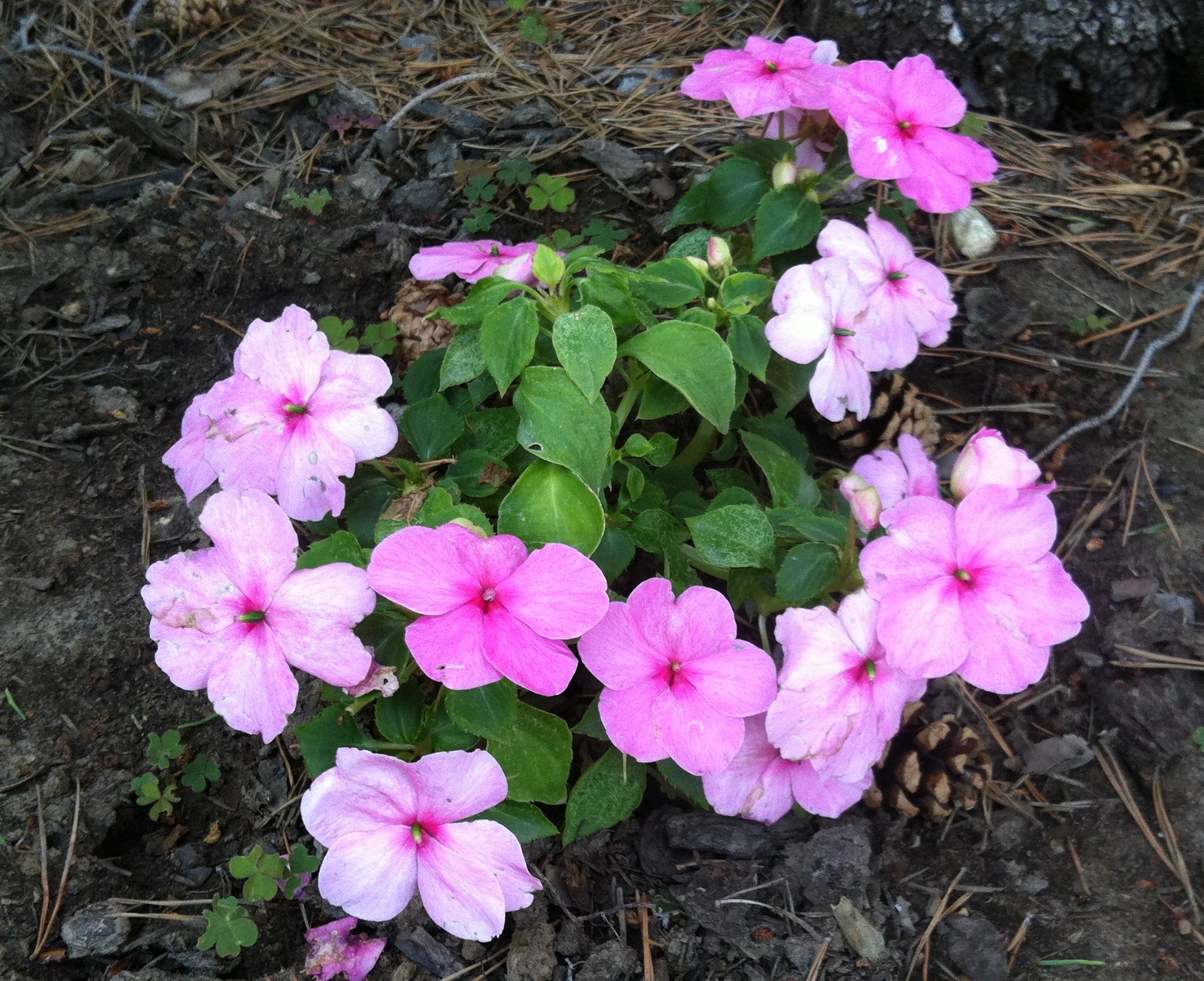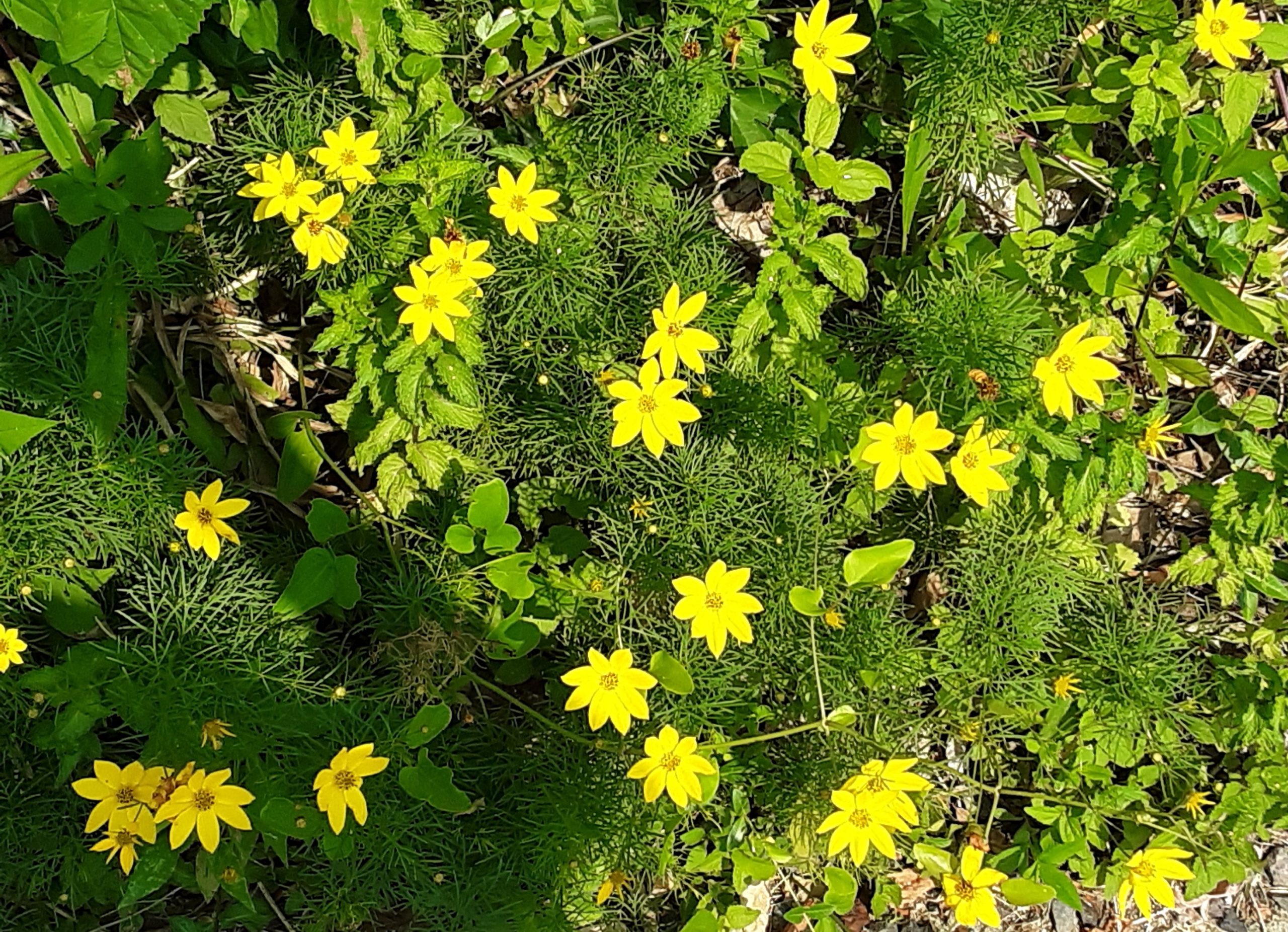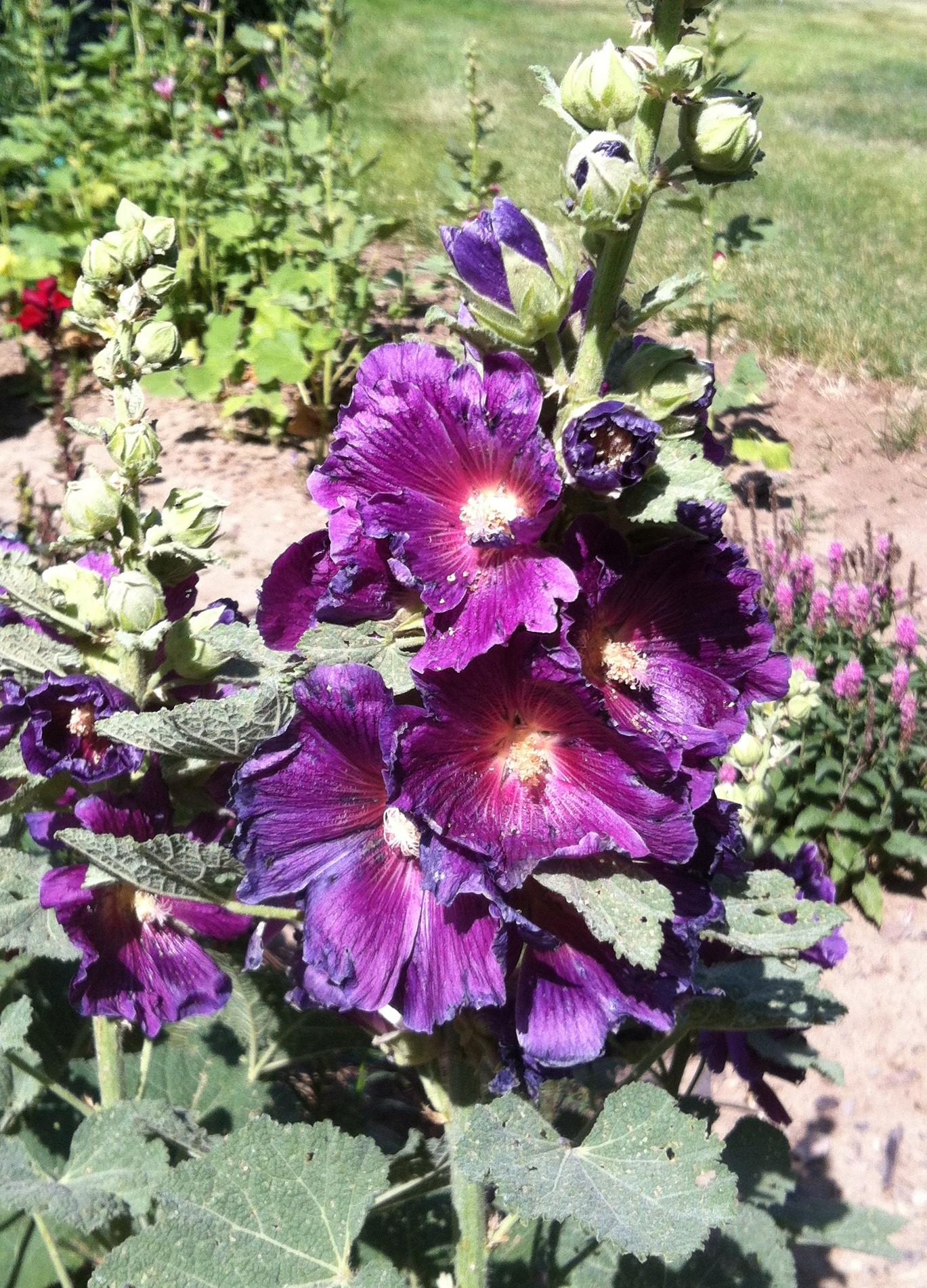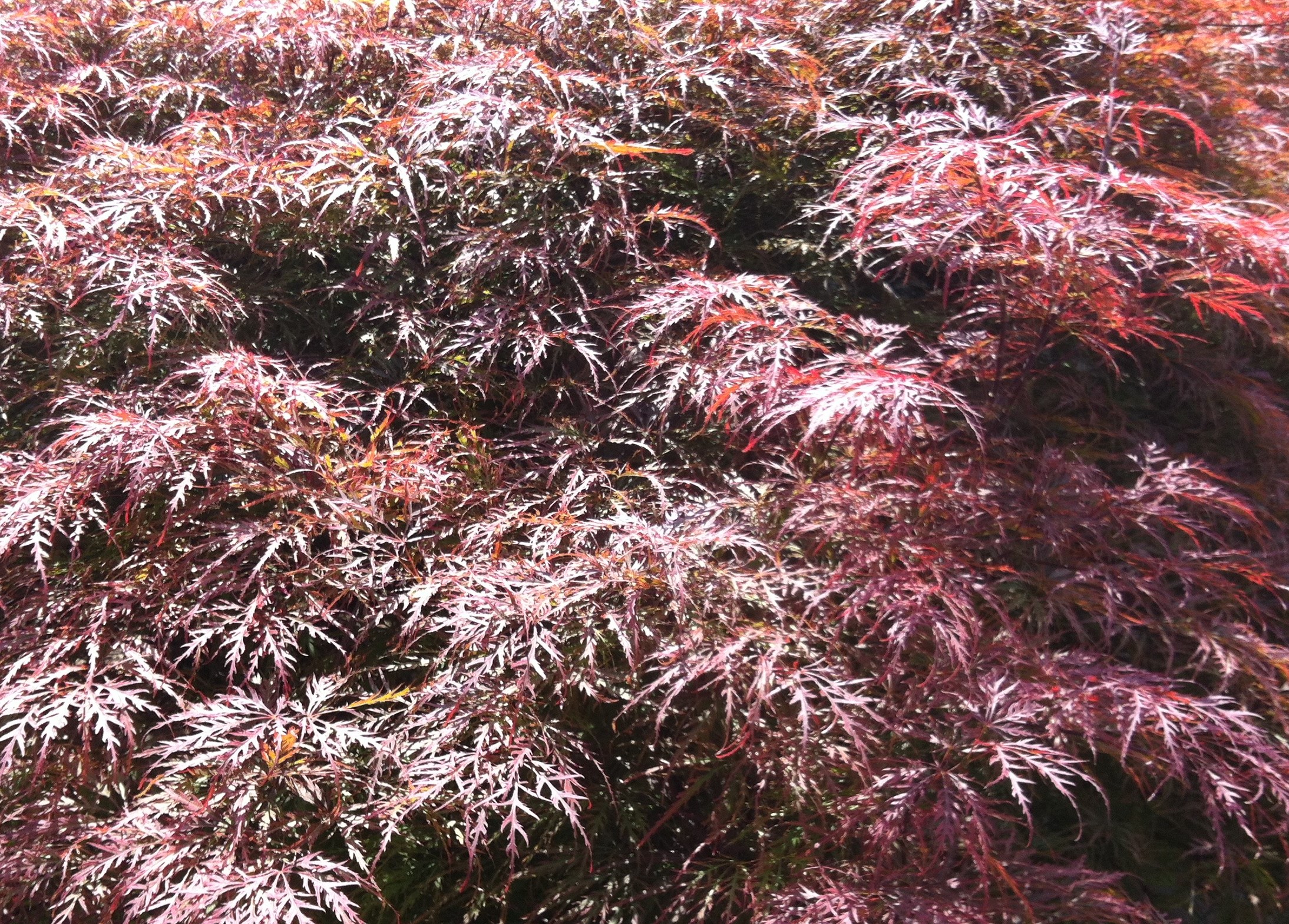Our suffering comes from not realizing the Dharma (Norm: Law: Holy truth/ethic), because our perspective and practice are partial, like those of the born blind feeling an elephant and then arguing and even fighting, convinced that their partial views are the holy (wholly wholesome) truths and even the sole and absolute truths.
The Buddha was awakened to the Dharma of all dharmas (forms: phenomena), i.e., Dependent Co-origination on causes and conditions. He not only witnessed (abhisamaya) and became awakened (buddha), but he activated this reality as a bodhisattva (awakening being) together with all in cultivation (bhāvanā) and verification (vidyā: witness).
He practiced Zen (jhāna/dhyāna, meditation) and concentration (samādhi), stilling the karma of the triple poisons, settling in nirvana, seeing the Dharma, serving and saving all with prognosis (pañāā/prajñā: hannya), together with the community (saṅgha). He lived the Dharma life, i.e., the ultimate Sangha life, with all.
The Buddha realized Dharma world, Sangha of all. So, the Triple Treasures are not three separate things, but one. To take refuge in the Triple Treasures is to live the Buddha’s life, realizing the Dharma and sharing the Sangha of all as true friends in need, repaying the grace of all – Triple Treasures, parents, ancestors, relatives, people, ecology, etc.
June 14, 2023 C.E.
Note:
- Dharma means Norm (from darma)/Form (from harm), i.e., Law/phenomena (The law of all phenomena), i.e., truth/ethic. The Buddha was awakened and activated the Dharma of Dependent Co-origination, that is, the Law of all phenomena dependently originated on limitless causes and conditions. The Buddha was constantly awakened and activated it throughout his life, (sīla/śīla), concentration (samādhi), and prognosis (paññā/prajñā:hannya) to overcome the Triple Poisons (desire, divisiveness, and delusion) of karma. sharing the Triple Learnings of morality (sīla/śīla), concentration (samādhi), and prognosis (paññā/prajñā:hannya) to overcome the Triple Poisons (desire, divisiveness, and delusion) of karma.
- The Buddha was awakened from the long night of nescience (a-vidyā: no witness of nirvana/bodhi: awakening) and activated the Dharma through his daily practice of zen-samādhi, stilling karma, settling in nir-vāṇa (no wind, of karma), seeing Dharma, serving and saving all. His life was spent in constant cultivation and verification of his own life and of others’ lives.
- The Buddha said that all living beings are karma (action, habit, heredity)-born, -heirs, -owners, -machines, and -refuged, that is, we often function as karma-machines like robots driven by the body/mind, chemicals/environments, etc., but we can take refuge in good karma, avoiding bad karma.
- The essential and core practice of sitting still (za-zen), which anyone can do, is stilling karma, settling in nirvana, and seeing dharmas and the Dharma. This practice is the key to open the door of the limitless treasure house, shifting from the karma realm to the Dharma realm, in nirvana/awakening, appreciating the treasures at will with prognosis. Our karma has the history of four billion years evolution/devolution, thus requires constant practice of this. Only practice makes perfect with the constant and continuing cultivation
- The Triple Treasures are usually interpreted as the Buddha, his Dharma (teaching), and his Sangha (communities of renunciant men/women and lay men/women, called the Four Assemblies). There are other interpretations, but the Buddha lived the Dharma with the Sangha of all after his awakening. The Triple Refuges are to make Triple Treasures. The true treasures are not outside oneself nor appreciated without cultivation and verification, but only when internalized and integrated in time and space. Otherwise, they are neither real treasures nor treasured intimately and infinitely.
- Sangha is usually interpreted as composed of the Four Assemblies of renunciant men and women and lay men and women. There are actually two saṅghas: the first is witnessed locally, and the second is that in the four directions (universal). The Dharma world of limitlessly interdependent phenomena is beyond human communities, and extends and includes all: animals, plants, mountains, oceans, space, stars, etc.
- The Buddhist view of no-self (an-attan/an-ātman) does not mean that there is no bodmind complex, but that there is no “self-same, self-sovereign, self-substance” (common, but blind, view like that of the born blind), but a constant flow that constantly changes, beyond individual control; these dynamic phenomena, in the limitless matrix of time and space, are part and parcel of the Dharma world. The former is called Conventional Truth (Truth by common agreement: sammutti-sacca/sanmati-satya, samvṛitt-satya: covered truth is mistranslation of Sanskrit from Pali) and the latter is called the Ultimate Truth (paramattha-sacca/paramārtha-satya: lit. truth in the ultimate sense). Karma makes the karmic body/mind the Triple Poisons, but the key practice, zazen, stills them with the Triple Learnings making a transformation from the karma body to the Dharma body, from limited ego to limitless life in nirvana/awakening with prognosis. Thus, we can attain free and full function leading to holy (wholly wholesome) harmony, health, and happiness.
June 14, 2023 C.E.
.
私たちの苦しみは法(規定:聖なる真理・倫理)を実行しないことによる。何故なら生まれつき盲目の者達が象を触り、部分見を聖なる(全体健全な)真理であり、唯一絶対の真理でさえあると信じて議論し、争いさえするのと同様に、私たちの視野も実行も部分的だからです。
ブッダは諸法(形態:現象)の法、即ち、因縁により縁起していること、に覚醒しました。彼はそれを現観(abhisamaya)し覚者(buddha)となっただけでなく、この真実を一切と共に修習((bhāvanā))し確証(vidyā)する菩薩(求道者)として実践しました。
彼は共同体(僧伽:saṅgha)と共に、禅((jhāna/dhyāna)と定(samādhi)を実践し、三毒の業を静め、涅槃に住し、法を見、般若(pañāā/prajñā)をもって一切に奉仕し救済しました。彼は一切と共に法の生活、即ち共同体の生活をしました。
ブッダは法界、一切の共同体、を実現しました。だから三宝は三つの別個のものではありません。三宝に帰依(三帰依)することは覚者の生活をし、法を実践し、必要の時の友として、一切の共同体を共有し一切‐三宝、両親、先祖、親族、人々、生態系など-に報恩することです。
2023共通年6月14日
註:
1.法(Dharma)は規定(Norm, darmより)・形態(form, harmより)、即ち、法・現象(諸法の法)、真理・倫理を意味します。ブッダは縁起の法、即ち、無量の原因・条件により縁起した一切現象の法に覚醒しました。ブッダは業の三毒(貪瞋痴)を克服する戒 (sīla/śīla) 定 (samādhi) 慧 (paññā/prajñā:hannya) の三学を共有して、一生を常にそれに覚醒し実践しました。
2. ブッダは無明長夜から目覚め禅定で、業を静め、涅槃に安住し、法を見、一切に奉仕し救済して法を実践しました。彼は常に自らの生活と他者の生活で修行と覚証で過ごしました。
3. ブッダは一切の生物は業(行為・習慣・遺伝)—誕生者、‐相続者、‐所有者、‐機械であり、‐依拠者であると言いました、即ち、私たちは屡々心・身、化学物質・諸環境などによりロボットのように業機械として機能するが、悪業を廃し善業に依拠できるということです。
4. 誰でも出来る静坐(坐禅)の本質的で核心的実践は業を静め、涅槃に安住し、諸法(諸現象)とその法(法則)を見るのです。
5. 三宝は通常仏(ブッダ)、法(仏の教え)、僧(僧伽の略:その出家男・女、在家男・女の四衆と言われる共同体)と解釈されています。その他の解釈もありますが、ブッダは覚醒の後は一切の僧伽と共に法を生きました。三帰依は三宝を作ります。真実の宝は自分の外にあるのでも習修と覚証なしに味わえるものでもなく、時空に内化され統合された時にのみ味わえるものです。それ以外には真実の宝でも親密に無限に味わえるものでもありません。
6. 僧伽は通常出家男・女、在家男・女の四衆であると解釈されています。実際には二種類の僧伽があるとされ、第一は地区の現前僧伽、第二には四方(普遍的)僧伽です。無限に相互依存する現象の法界は人間の共同体を超えて一切:動物、植物、山、海、宇宙、星宿などを含みます。
7. 仏教の無我観は心身複合体が無いということではなく、「自己同一、自己主宰、自己実体(実体我)」(生まれつき盲目のそれの様な、普通だが、盲目的見方)ではなく、常に変化する常時の流動であり、個の支配を超えていること、時空の無限のマトリックスであるこれらの道程現象であり、法界の不可分の一部であるということです。前者は俗諦(世俗真理:)、後者は真諦(究極真理:)と呼ばれます。業は業の心身を三毒にしますが、鍵となる実践、坐禅、は三学でそれを業身から法身に変え、限界ある我から涅槃/覚醒において般若で無限の命に転換します。こうして、私達は聖(全体健全)なる調和、健康、そして幸福に導く自由で十全な機能を獲得できるのです。
.
.
.
.
Tiger lily
忘れ草
.
.
Cosmos and Scabiosa
コスモスとマツムシ草
.
Rose
薔薇
.
.
.
.
Shasta daisy
シャスタデージー
.
.
Clematis
鉄線蓮
.
.
Pinks
撫子
.
.
Petunia
ペチュニア
.
.
.
Impatiens
ツリフネソウ
.
.Coreopsis Zagreb
糸葉ハルシャ(波斯:ペルシャ)ギク
.
.
Hollyhock
タチアオイ
。
。
Yucca
ユッカ
.
.
Japanese maple
イロハモミジ
.
.
.
The above pictures were taken by Erin in Washington State and by Rosan in Missouri State.
上の写真はワシントン州の恵林、ミズーリ州の魯参が撮影したものです。
.
.

